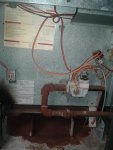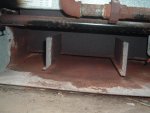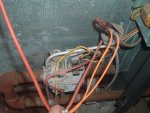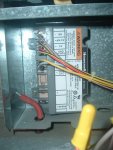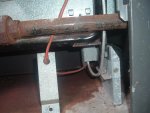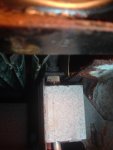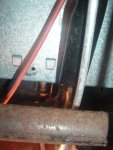The Raypak RP 2100 heater is causing problems.
The unit was installed in 1995. I have lived here since 2005 & have barely used it.
Problem: For last & this season: unit turned on when started, runs for a while (not sure how long, maybe a couple hours), then shuts down & will not start again.
The repairman was just here & he tested everything. It tested ok, but the ignitor kept clicking even when he had lit the pilot light manually. The burners would not come on even tho the pilot light was lit.
He says he thinks it is the control module (cost $200). If not that, it may be the gas control valve (few hundred dollars, has to check price. I know they are spendy).
Or possibly the burner tray.
There is also a fire scorch mark on the lower left of the front when the door is taken off. I don't recall that from the past, but that doesn't mean it wasn't there....
He said new units cost 3k+.
Any advice?
Thanks in advance.
The unit was installed in 1995. I have lived here since 2005 & have barely used it.
Problem: For last & this season: unit turned on when started, runs for a while (not sure how long, maybe a couple hours), then shuts down & will not start again.
The repairman was just here & he tested everything. It tested ok, but the ignitor kept clicking even when he had lit the pilot light manually. The burners would not come on even tho the pilot light was lit.
He says he thinks it is the control module (cost $200). If not that, it may be the gas control valve (few hundred dollars, has to check price. I know they are spendy).
Or possibly the burner tray.
There is also a fire scorch mark on the lower left of the front when the door is taken off. I don't recall that from the past, but that doesn't mean it wasn't there....
He said new units cost 3k+.
Any advice?
Thanks in advance.




